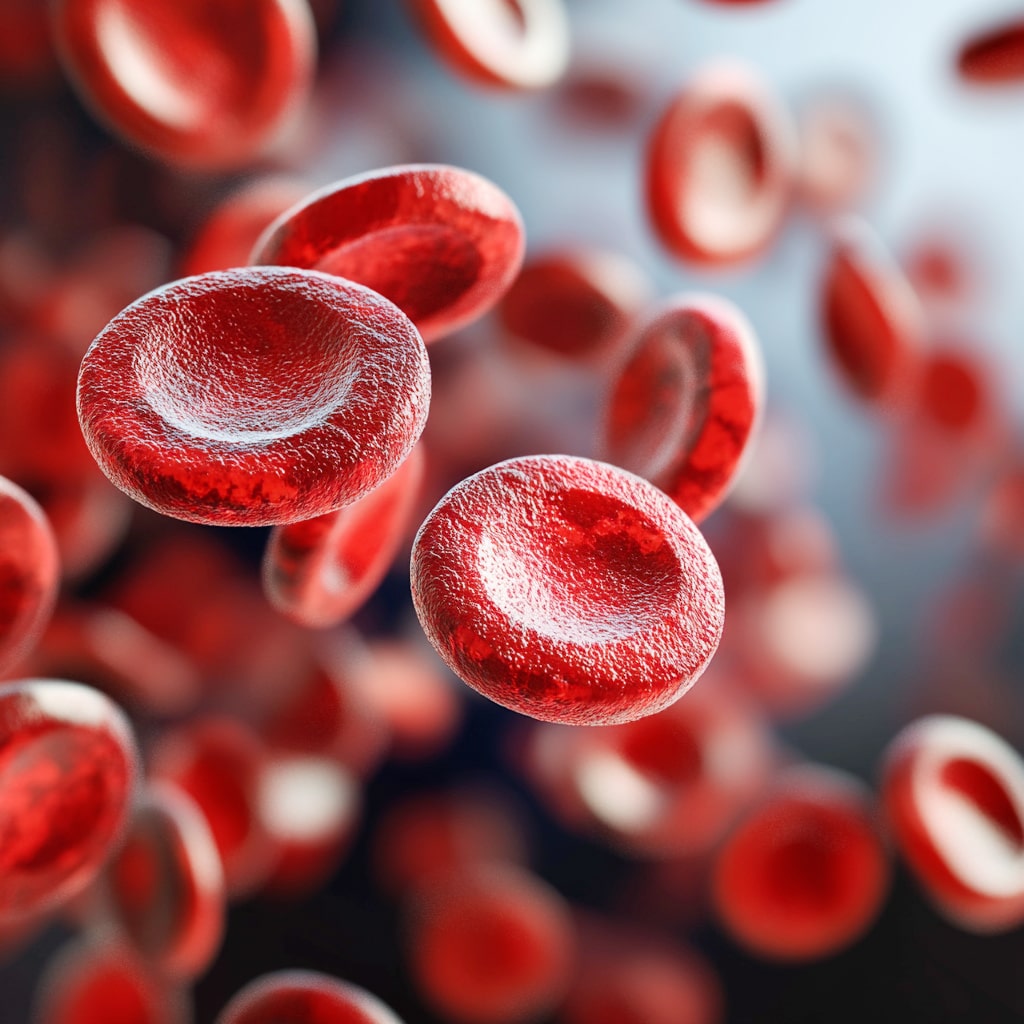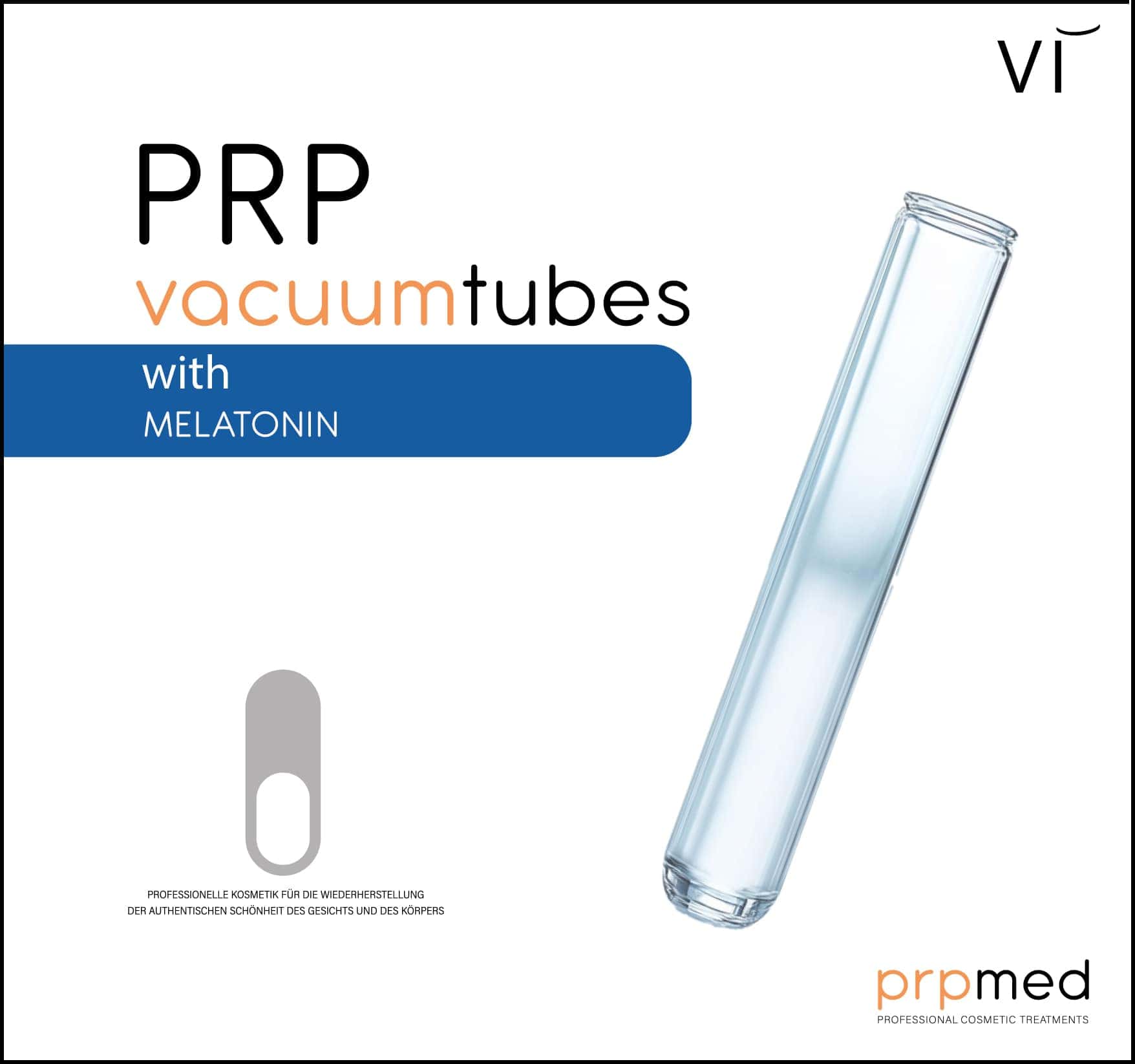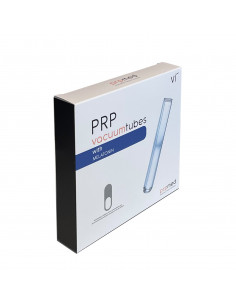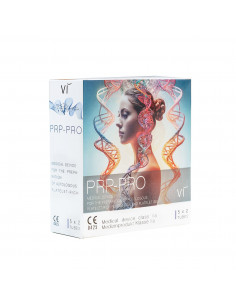
Related products
Centrifuge
DERMOAROMA
100401
€1,999.00
Certified Class IIa medical device – specifically designed for PRF and PRP therapies.Maximum speed of 4500 RPM and RCF up to 2490 x g for precise and safe blood preparation.Quiet operation at only 56 dB – ideal for use in quiet clinic or practice environments.User-friendly controls with pre-set programs and easy parameter adjustments.Highest safety...
PRP
PRP tubes - with melatonin for hair treatment - PU 6 pcs.
PRPMED Professional Cosmetic Treatments
100335
€98.00
PRP Tubes with Melatonin
Our PRP tubes with melatonin are specifically designed for effective hair treatment, offering innovative solutions to promote hair growth. With a high-quality melatonin supplement, they optimize hair regeneration and vitality.
Hair Growth Promotion: Melatonin regulates the hair cycle and supports the transition from the...
PRP
PRP tubes | Vi PRP-PRO | with Anticoagulant PU 10 pieces
PRPMED Professional Cosmetic Treatments
100101
€131.00
VI PRP-PRO | PRP Tubes – The Revolution in Plasma Treatment
The VI PRP-PRO glass tube offers a modern solution for producing platelet-rich plasma (PRP) and ensures additional stability and reliability in treatments with a wall thickness of 2.4 mm. Developed with innovative technology and EC-certified (0425-MED-004180-00), it guarantees the highest level...







